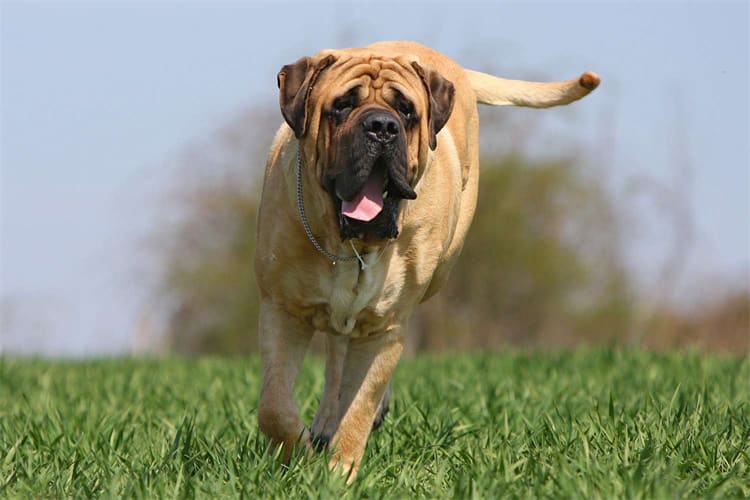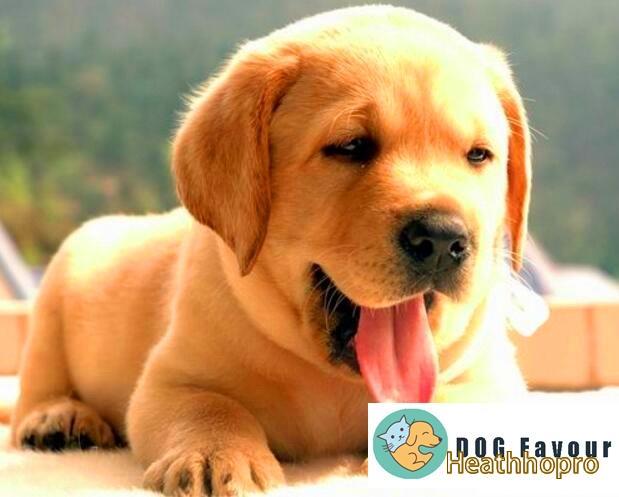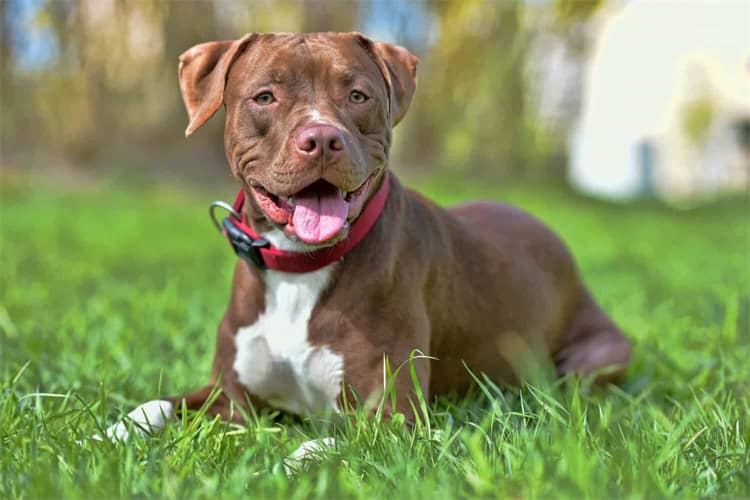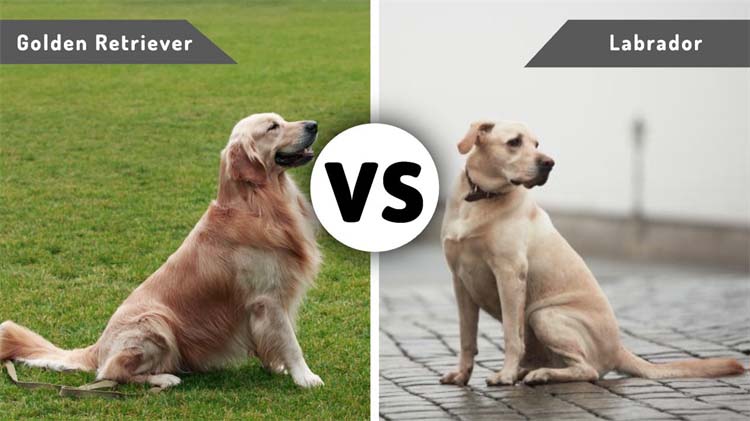Does Siberian Husky Shed? You Need To Know
Yes, Siberian Huskies are known to shed significantly. They typically shed their undercoat twice a year in a process known as “blowing their coat,” which coincides with seasonal changes.
Siberian Huskies, like other dogs, shed their coats. Their shedding, however, can be more extreme than that of other breeds.
Siberian Huskies are one of the most popular breeds among dog owners worldwide. Unsurprisingly, many people fall in love with them because of their wolf-like look and ice-blue eyes. Huskies are also extremely friendly and clever, making them ideal for families with children. They do, however, shed their fur, just like any other dog breed. Learn more about Husky shedding and how to deal with it properly.
Shedding is normal for dogs, just as it is for humans. This is common in warm places to assist them cope with the heat, unlike in frigid regions such as Siberia, where they only blow their coats because of the cold and dry atmosphere. Because dogs only perspire through their paws, they require additional outlets to control their body temperature and prevent heat stress, especially in canine breeds with a double coat and those who reside in hot climates.
Does Siberian Husky Shed a lot?
Yes, huskies lose hair, and a lot of it. But there are a few things we can do to reduce husky shedding.
How much shedding do Huskies have?
A husky’s double coat comprises an inner coat or undercoat made of short and soft fur that keeps the dog warm in cold weather and a longer topcoat that repels water and heat from the sun and keeps the dog cool in hot weather. Because Huskies have a double coat, expect more shedding, especially in warmer regions. It may come as a surprise to see so much fur falling out, but this is very natural. This is why, even when it is not shedding season, a Husky needs regular grooming.

Huskies shed a lot, but there are times when they shed excessively. This can be attributable to several issues, the most important of which are health concerns. They may be to blame if the shedding is accompanied by dull, dry skin, allergies, or other nutritional deficits. Parasites and fleas may also cause excessive shedding. If you observe that your Husky is losing more fur than usual, you should take him to the vet to determine the true source of the shedding.
Husky Coat Type: Double coat and single coat
Huskies have exceptionally thick coats that enable animals to thrive in severe settings. It’s typical to observe huskies curled up in the snow, unconcerned about anything. Because of their double coat, huskies can withstand extreme cold.
The inner coat is constructed of short, dense fur. This coat keeps the husky warm because the thick layer is near to the skin.
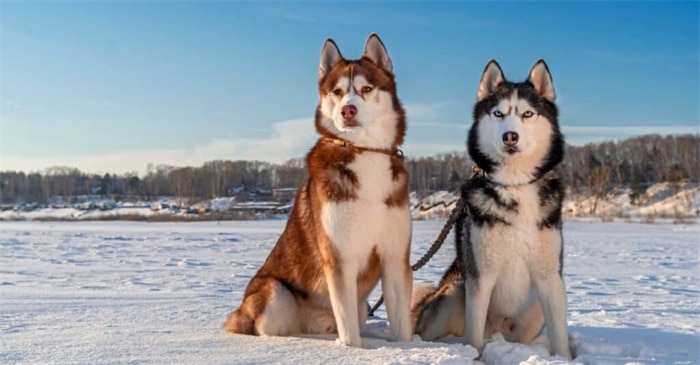
The outer coat comprises longer hairs that repel water and act as a wind, sun, heat, or cold shield. Thanks to their double-layered coat, huskies can survive in temperatures as low as -75 F (-59 C).
In the summer, a husky’s topcoat keeps him cool. While huskies like cold weather, their double coat regulates temperature surprisingly well.
My husky has two coats, as seen in the photo above. The outer coat is made up of long dark hairs with a slightly greasy feel.
Spread them out to reveal the thick white hairs that make up the velvety inner coat.
Why is my husky losing so much hair?
Don’t be alarmed if you suddenly notice clumps of hair falling out of your husky. It’s quite normal and indicates that your husky is blowing its coat. As previously said, this occurs twice a year.

When do huskies shed their fur?
Just before the seasons change, Huskies shed their fur twice a year. This is also known as “blowing their coat” and occurs in the spring and autumn. A Husky will shed its winter coat in preparation for summer to stay cool throughout the hot months. Likewise, it will shed its summer coat to prepare for the cold months.
A Husky’s coat typically sheds after 3 to 5 weeks. There are some exceptions to this rule since some Huskies shed swiftly or slowly according to the temperature. When your dog sheds, you must monitor it to ensure that there are no concerns.
Is Husky fur hypoallergenic?
Many people mistake the fur of a Siberian husky for hypoallergenic because it has no strong odor and sheds only twice a year. Despite these facts, the fur of a Husky is not hypoallergenic. People with allergies may be affected by the enormous amount of shedding produced by a Husky.
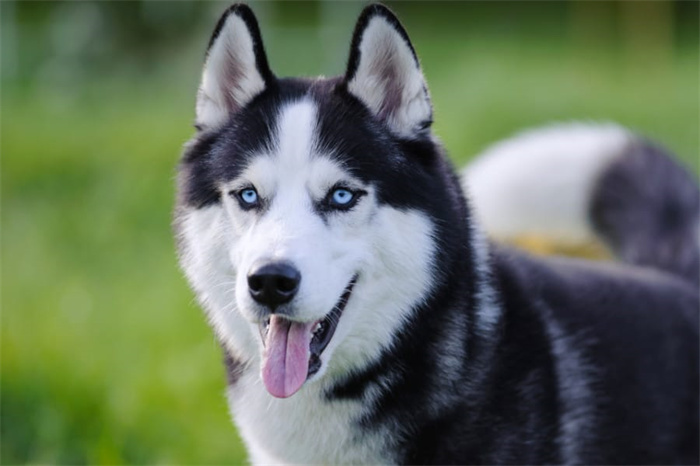
Unlike many other breeds, Huskies do not have a strong canine odor. As a result, many people wrongly believe that huskies are hypoallergenic. Because huskies do not shed all year like other breeds, some people believe they are hypoallergenic.
Huskies, however, are not hypoallergenic. The dander that flakes off the skin causes allergies, not the hair. While huskies only shed once or twice a year, they shed enough hair throughout the year to bother allergy sufferers.
Dog allergies are complicated, and research has revealed that there are no hypoallergenic breeds. The skin, saliva, and urine of a dog create allergens. Because this is widespread in all dog breeds, all breeds might induce allergic reactions.
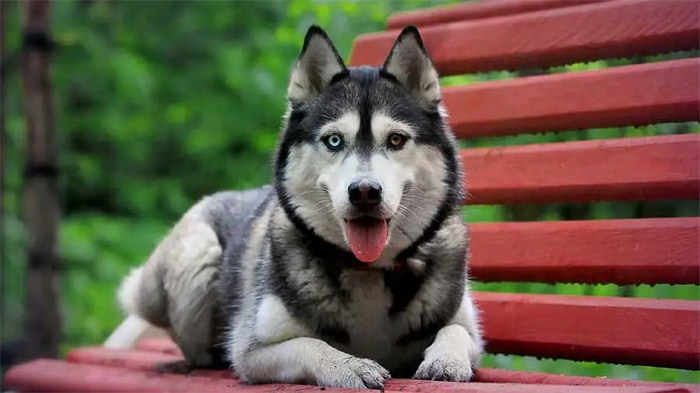
There is also a lot of variation from one dog to the next. It’s seldom that simple even if you know someone who claims to be fine around huskies while having dog allergies. Each dog creates varying quantities of allergies.
How often do huskies change their fur?
The undercoats of Siberian Huskies are shed twice a year. This is known as “blowing the coat,” and it normally occurs in the spring as the weather warms, then again in the autumn to prepare for the creation of a new undercoat for the upcoming cold season. You should never have your Siberian husky’s undercoat removed by hand.
One of the primary behaviors Husky owners expect to witness is a significantly shedding Husky twice a year.

How to reduce husky hair loss?
While shedding cannot be eliminated, it can be decreased by feeding your Husky well-balanced food and utilizing proper grooming procedures and high-quality gear. Despite being one of the low-maintenance double-coated breeds, a Husky needs to be groomed regularly to maintain your pet comfortable and healthy.
Groom your dog properly and only use high-quality tools to avoid injuring him. If you believe that a Husky is the right dog for you, it will require careful, loving care from you.

How to Keep Your Husky’s Coat Healthy
It is natural for a Husky’s fur to shed. You can’t stop it but can control it with thoughtful and strategic planning. You can take various steps to prepare for the shedding season and reduce the amount of dead fur on your living room floor. Here are a few examples:
- You should never shave your Husky’s coat
Shaving or trimming your Husky’s coat will not prevent it from shedding fur in the future. The double coat regulates a Husky’s body temperature, and cutting or shaving it will only result in a tangled mess known as matting. Because the undercoat develops quickly, it might outgrow a shaved or trimmed topcoat.

As previously stated, a Husky’s topcoat protects them from the direct effects of the sun’s heat. If matting occurs, a husky may become hot throughout the summer. Shaving a Husky’s coat can result in bald patches, uneven topcoat and undercoat growth, and other irreversible harm. Also, do not clip its whiskers because they require them to detect movement.
- Brush your Husky’s coat regularly
This may be a difficult undertaking because Huskies appear to be a high-maintenance dog breed, but they require less care than other double-coated breeds. If you have a Husky, you should establish a brushing schedule for your pet. Brushing a Husky’s coat at least once a week during non-shedding seasons is suggested. Daily brushing, on the other hand, is recommended to prevent the collection of dead fur.

We recommend using a wide-toothed comb, such as an undercoat rake, to properly break any mats. First, focus on the undercoat, brushing it thoroughly to remove any trapped dead fur. Brush in the direction of hair development rather than against it. It is preferable if your Husky learns to brush at a young age so that you have less work to do when they grow up.
- Bathe your dog
Huskies do not require frequent bathing because their coats do not produce excessive oil. Huskies often lose the natural oils inherent in their coats when bathed, resulting in dry skin and other skin concerns. As a result, they only require a bath every three to four months.
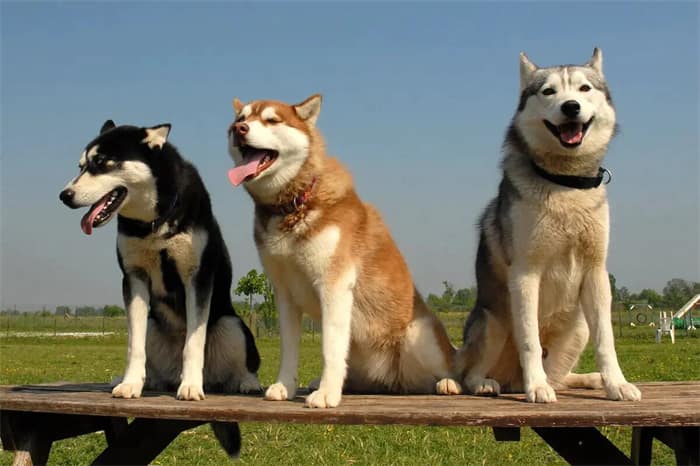
If your Husky needs a bath, only use a moderate, natural, or de-shedding husky shampoo. Massage the shampoo into your dog’s coat vigorously. Rinse vigorously many times to ensure that no shampoo or conditioner residue remains.
Brush the coat quickly while it is still damp to remove clumps and matting. Clean your Husky’s inner ear with a cotton ball coated in oil to get rid of ear mites.
- Feed your Husky a nutritious diet.
One of the underlying causes of unhealthy shedding is a Husky’s diet. Feed your dog a nutritional and balanced diet to avoid allergies, skin problems, and other illnesses.
- Make use of the greatest grooming tools.
When grooming your Husky, use only the best tools that will not hurt your dog’s coat. Grooming will be more effective if you exclusively utilize high-quality instruments. This task may be intimidating for some, but it does not have to be painful for you or your dog. Cleaning a husky’s coat will be easier and faster with the correct tools.
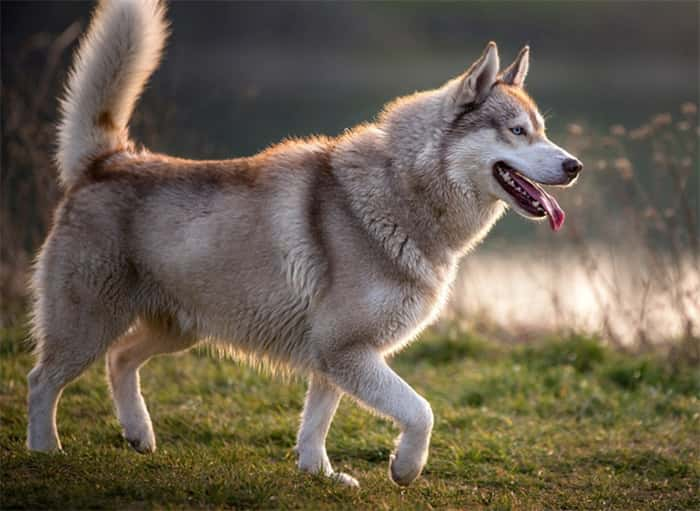
Grooming is an excellent method to build your relationship with your Husky. If you start this habit when your dog is young, grooming will be much easier when it is an adult. Huskies are well-known and admired for their regal-looking coats, which are best maintained by regular maintenance.
Husky shedding and allergies
Even though huskies are well-known for shedding a lot, there comes a moment when a certain quantity of fur loss becomes alarming. Various health issues can cause hair loss, so keep a watch on your dog.
If you find your husky losing so much fur that it is growing bald areas in its coat, you should check with a veterinarian to determine what is causing such significant hair loss.
- Allergies
Allergies are one of the first things that spring to mind when thinking about hair loss in Huskies. Dogs, like humans, can develop allergies, and excessive shedding is one of the indicators of an allergic reaction.
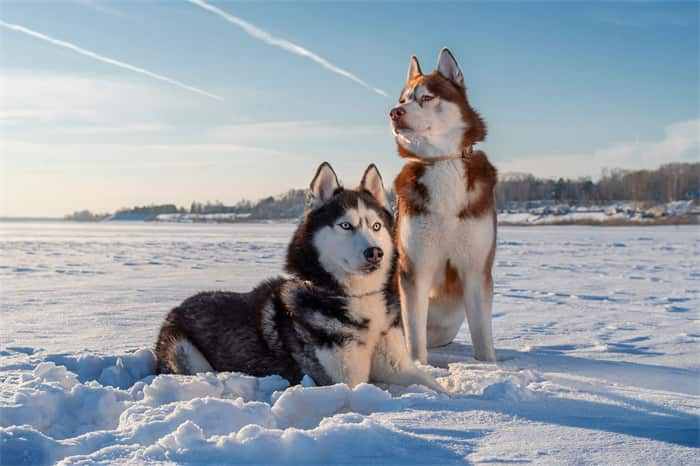
Among the most common allergies are:
- Mold
- Pollen
- Certain foods are often highly processed foods with several chemical additives
Along with fur loss, you may notice the following:
- Itching that is excessive
- Rubbing Red, Irritated Skin or Eyes
- Infections of the Skin
Excessive shedding in huskies can be caused by skin disorders caused by germs or fungus.
Skin infections can cause the following symptoms:
- Redness
- Itching and inflammation
- Hair loss Bald spots
- Unbalanced hormones
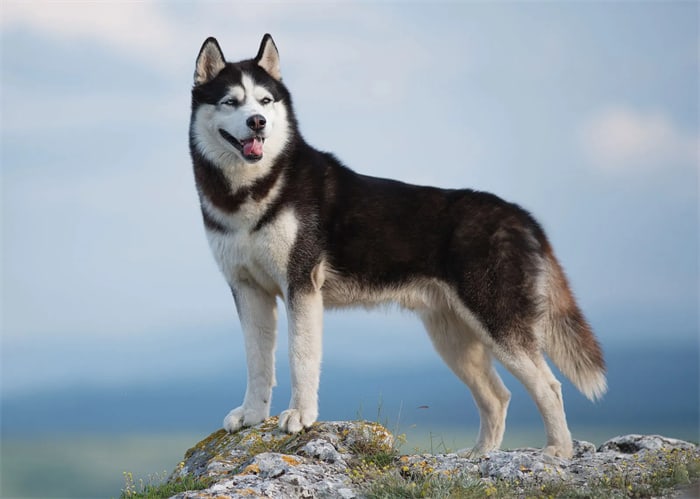
Hormonal imbalances can cause a dog’s coat to shed excessively. Hypothyroidism, a disorder in which the thyroid gland does not generate enough hormones, can cause hair loss, shedding, and weight gain in huskies. Hyperadrenocorticism is another major health issue that can cause hair loss, often known as Cushing’s disease.
Another health risk related to hormone imbalances that can cause hair loss is adrenal sex hormone dermatosis. While they aren’t necessarily typical health issues, they should be considered when a dog exhibits signs such as excessive shedding and hair loss.
- Parasites
Fleas, lice, ticks, and mites can irritate a dog’s skin and produce excessive shedding. This is usually because the dog’s skin is so inflamed that it begins to scratch and bite at its skin excessively, resulting in hair loss and shedding. Furthermore, internal parasites like hookworms, roundworms, and whipworms can cause nutritional inadequacies, resulting in dull, dry, or brittle fur that sheds excessively.
Regularly checking your dog for fleas and ticks and adopting preventative measures will help keep parasites at bay.
Why does my husky lose hair in the winter?
A Husky will shed its winter coat in preparation for summer to stay cool throughout the hot months. Likewise, it will shed its summer coat to prepare for the cold months.
How to clean husky hair ?
• Maintaining your home’s cleanliness
Keeping your house completely fur-free may not be practical with a husky, but there are things owners can do to keep their home clean and as fur-free as possible.

• Covers, blankets, and sheets should be shaken out
Aside from cleaning and vacuuming, you can reduce the amount of fur in your home by frequently taking your husky’s blankets and bedding outside and shaking them out before bringing them back in.
• Coach coverings should be used
Furthermore, if you allow your husky on the furniture but find it difficult to keep it clean, consider utilizing slipcovers such as couch or chair covers. Most of these may be readily removed, shaken out, and washed. You won’t have to spend nearly as much time vacuuming your furniture if you use coverings.
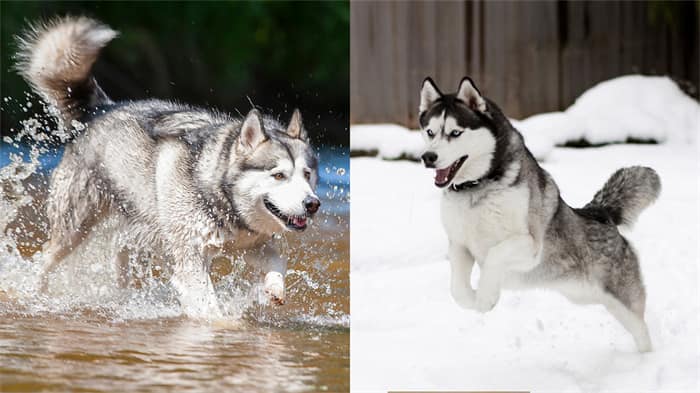
• A carpet rake is required for thick carpets
A carpet rake is another option to explore. If you have a thick carpet, a carpet rake may be useful for raking up loose shed hair from the carpet. This will make the task easier for your hoover and will most likely result in a better clean.
• Make use of an air purifier
Finally, if you have numerous huskies, an air purifier may be a good purchase for your home. By eliminating impurities, pollutants, and allergies from the air, air purifiers can help keep the home cleaner.

